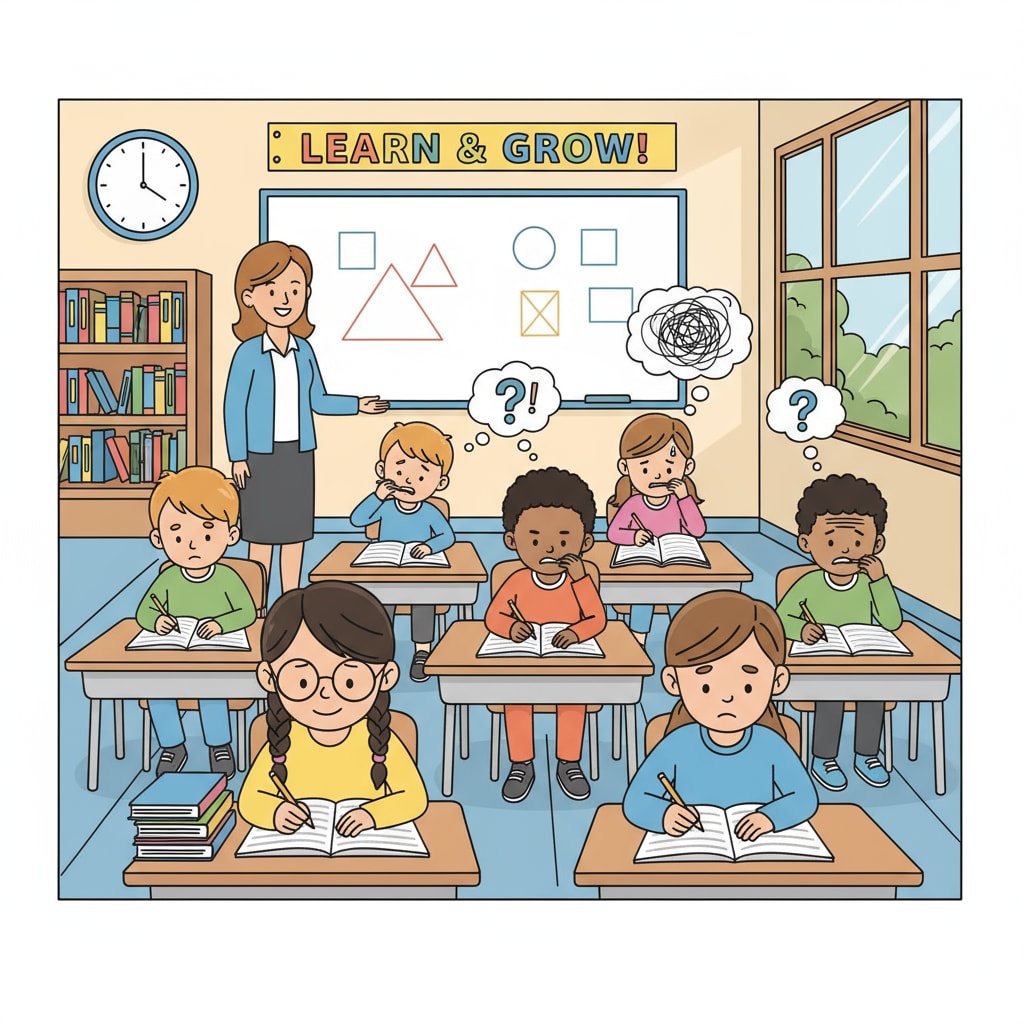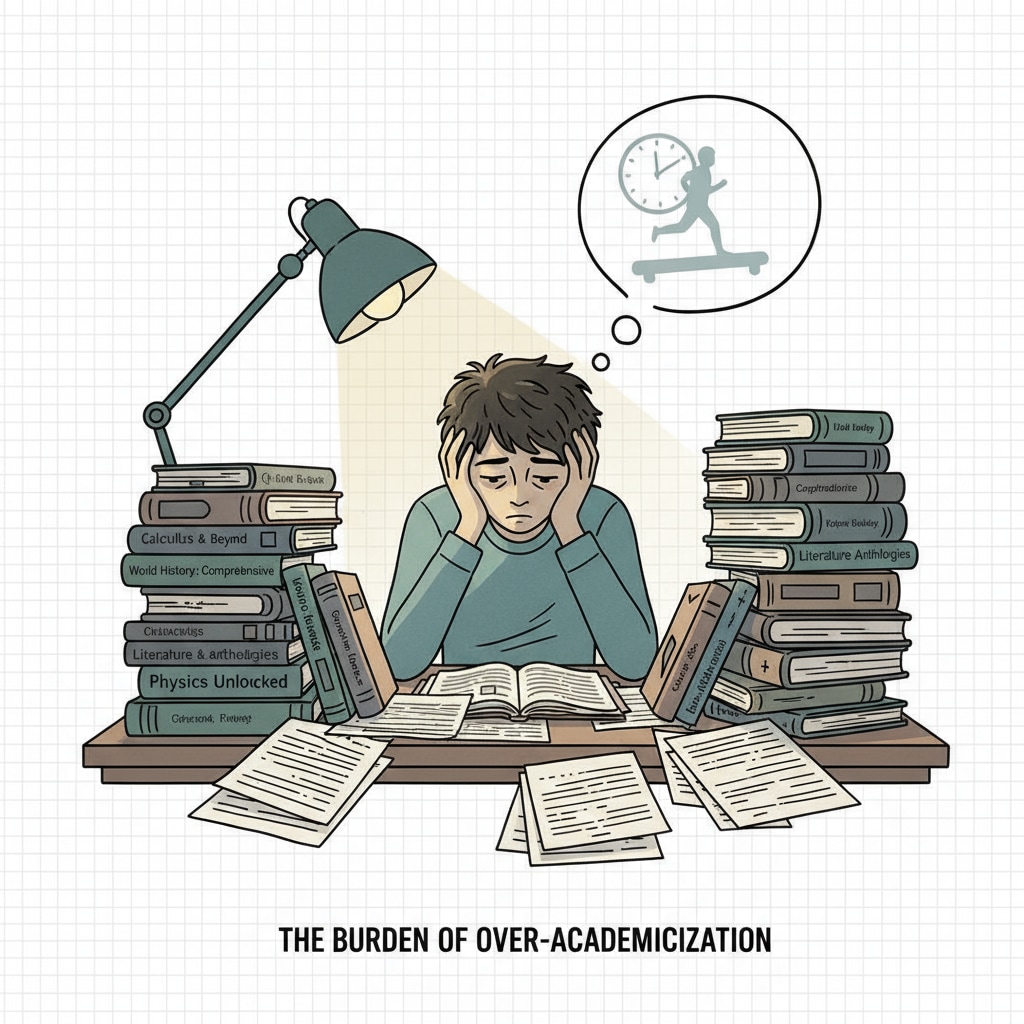The topic of homework for students has long been a hotly debated issue in the realm of educational views. In K12 education, the question of whether homework should exist or be abolished sparks a wide range of discussions. Let’s take a closer look at both sides of this argument.

The Benefits of Homework
Homework plays a crucial role in reinforcing learning. When students complete assignments at home, they get a chance to review and practice what they’ve learned in class. For example, solving math problems or writing essays helps solidify knowledge. According to Education.com, regular homework can enhance understanding and improve academic performance. Additionally, it helps students develop self-discipline. Setting aside time to complete tasks independently teaches them responsibility and time management skills. As a result, they become more organized and better able to handle future challenges.
The Drawbacks of Homework
However, the issue of excessive homework cannot be ignored. Many students are overwhelmed with a large amount of assignments, which leads to high levels of stress. This stress can have a negative impact on their physical and mental health. Moreover, too much homework often squeezes out time for creative activities. Children need time to explore their interests, such as painting, music, or sports. When they are buried in homework, they miss out on these important aspects of personal growth. As stated by The National Education Association, finding a balance is essential.

In conclusion, the debate about student homework in the context of educational views is complex. While homework has its benefits in terms of learning reinforcement and character building, the negative impacts of excessive assignments cannot be overlooked. Educators, parents, and students need to work together to find a balanced approach. By setting reasonable amounts of homework and considering individual differences, we can ensure that students receive a well-rounded education that nurtures both their academic growth and overall well-being.
Readability guidance: The article uses short paragraphs to clearly present different viewpoints. Each section lists key points to make the content more accessible. The passive voice is kept to a minimum, and transition words like “however”, “additionally”, and “moreover” are used to enhance the flow of the text.


